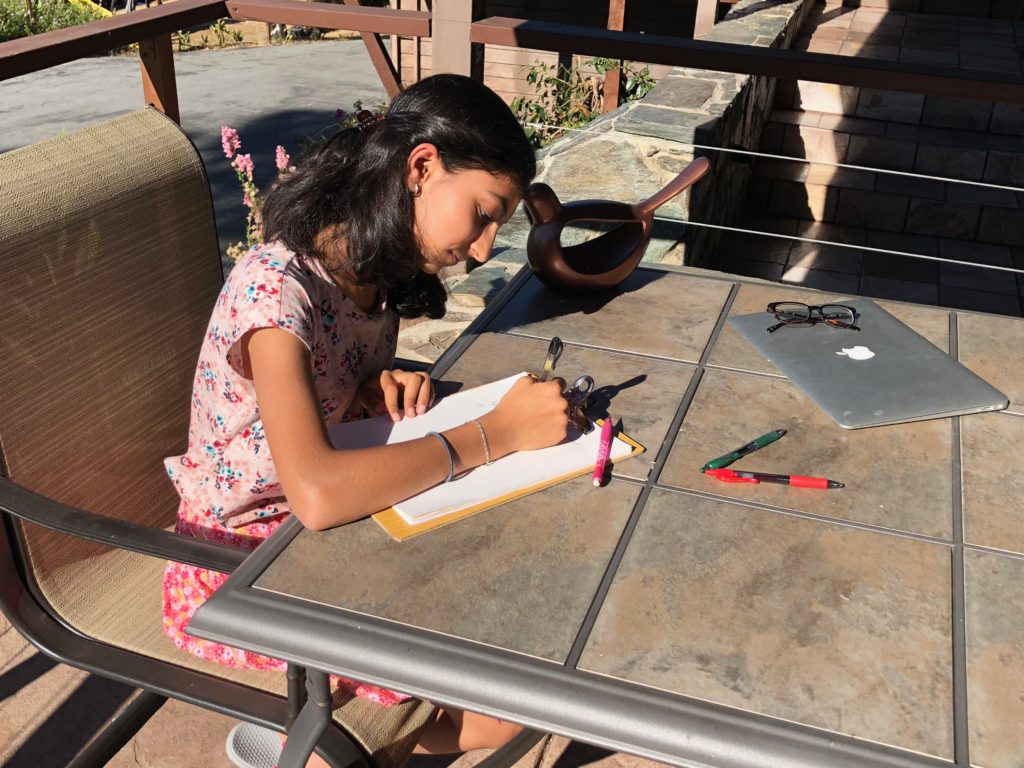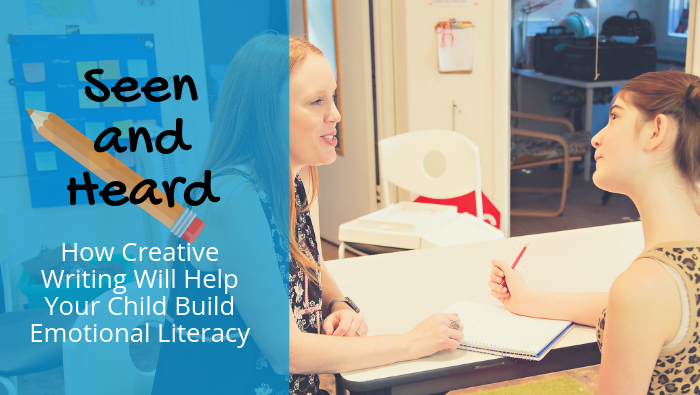Brené Brown defines emotional literacy as “the ability to recognize the emotion we are feeling, name it, and describe what is happening to us emotionally.” She goes on to say, “We can’t effectively move through an emotional experience without emotional literacy.”
Her words, trustworthy due to the dedicated research carried out by Brown and her team, also resonate with lived experience. Yes, we absolutely need emotional literacy to life a full and wholehearted life. It’s the practice that trips many of us up.
For instance, can you explain the difference between how anxious and overwhelmed feel? How about the distinction between happiness and joy? The truth is that most of us go through life using a narrow range of emotional vocabulary to describe our lived experience. We say we feel good or bad, happy or sad. People ask us how we’re doing, and we say, “Can’t complain,” or “I’m fine,” or the ever-present, “Busy.”
So, how do we build our emotional vocabulary? How might we practice using it more regularly? Writing offers us a variety of opportunities. Certainly, we can write reflectively, or keep a journal. For many youth, especially youth who aren’t yet used to using a wide range of emotional vocabulary, outside support is needed. We can’t hand a young person a journal and hope that they’ll find a way to put their heart on the page.
Here’s where creative writing comes in. It’s natural for a youth writer to discuss emotional vocabulary while developing a character. Or in other words, creative writing is a simple way to practice emotional intelligence in a fun, safe way. Why?
To develop a character for a story, one of the first questions we ask is what our character wants. Then, as we develop each scene, we consider how the character feels. What thoughts do those feelings cause, and what actions does the character ultimately take? Scene by scene, we practice this attention to emotional detail in a way few of us do in real life. Over time, the skill naturally seeps into our lives.

When discussing lessons learned through revising and publishing her novel, A Scoop of Sour, youth author Sahana Singh stated, “Through creating characters that modeled my real-life friends, I began to understand why they acted the way they did.” While working on her passion project—publishing her first novel—Sahana built a set of personal skills that included empathy and self-awareness. If you can play your way to important growth rather than struggle your way there … why take the difficult path?
Society of Young Inklings mentors are all writers ourselves, which means we’ve experienced the power of a creative writing practice in our own emotional lives. We bring all of that lived experience and learning to our mentorship and classes. At Society of Young Inklings, we believe deeply in giving youth the opportunity to develop emotional literacy through creativity.
Whether your child is working with a writing mentor or not, through conversations and simple games, you can extend the impact of their creative work beyond the joy of the stories or poetry they create. To get you started, we’ve got three games to try while driving in the car or taking a walk. Enter your email to below to grab the instructions.
[convertkit form=784479]
You see, it’s the tiny conversations in the day-to-day that are the ones that make the biggest difference. These are the conversations where the skills learned through writing translate to real life, so we’re here to support parents and educators as they engage the youth in their lives in these courageous conversations.
We delight in the impact youth writers make every day by using their powerful voices. We can’t wait to see the impact these emotionally literate youth make on the world as they continue to write, to build connections, and share their stories.


